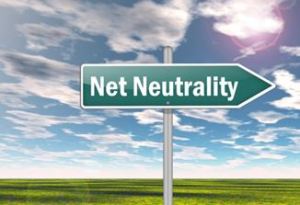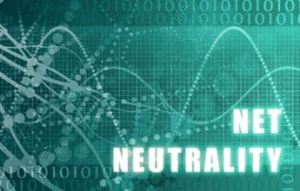All eyes have been on the Trademark Trial and Appeals Board (TTAB), following the recent order to cancel six trademark registrations owned by National Football League’s Washington Redskins, each containing the word REDSKINS. Although a divided TTAB granted the Native American’s petition to cancel federal registration of the team’s mark, the decision will not prevent the Washington Redskins from using the trademark in its name, uniforms, and the like.
The TTAB decision comes after twenty years of efforts by Native American petitioners who allege that the ‘REDSKINS’ marks disparage Native Americans. The TTAB first reviewed Native American petitions to cancel the trademarks in 1992, although that case, Pro Football, Inc. v. Harjo, 90 USPQ2d 1993 (D.C. Cir. 2009), was ultimately dismissed by the D.C. Circuit, not on the merits, but for procedural reasons.
In the recent matter, because all of the challenged registrations had been registered for more than five (5) years, the TTAB had a very narrow legal question to answer, namely, whether the evidence made of record, established “that the term ‘redskins’ was disparaging to a substantial composite of Native Americans at the time each of the challenged registrations issued.” (emphasis added) That is, during the time period from 1967-1990 (registrations issued in 1967, 1974, 1978, and 1990). To answer this question, the TTAB applied a two-part test, which (1) looked at the meaning of REDSKINS as it appears in the trademarks, including how those marks were used in connection with the goods and services identified in the registration; and (2) whether that meaning may disparage Native Americans.
In considering the first part of the test, the TTAB found that the Washington Redskins and the NFL “made continuous efforts to associate its football services with Native American imagery.” Because of the maintained association with Native Americans, the TTAB found that the marks retained their connotation and meaning with respect to Native Americans.
With regard to the second part of the test, the TTAB stated that the determination of disparagement must be made within the context of the goods or services, wherein the context could: (a) make an innocuous term offensive; (b) remove the disparaging meaning from an otherwise disparaging term; or (c) have a no effect on a term’s disparaging meaning.
Although the NFL argued that its use of the mark removed the disparaging meaning of the term and that it had honorable intent in its use of the marks, the TTAB ultimately agreed with the petitioners that the NFL’s use had no effect on the disparaging meaning of the term. The finding that the term was disparaging during the relevant period was based, in part, on a determination that a substantial composite of Native Americans, approximately 30%, found the meaning of the term REDSKINS to be disparaging during the relevant time periods. Although the NFL produced contradictory evidence from Native Americans, the evidence did not negate the negative opinion of the substantial composite. In making its finding, the TTAB stated “[t]he ultimate decision is based on whether the evidence shows that a substantial composite of the Native American population found the term “Redskins” to be disparaging when the respective registrations issued. Heeb Media LLC, 89 USPQ2d at 1077. Therefore, once a substantial composite has been found, the mere existence of differing opinions cannot change the conclusion.” In addressing the NFL’s contentions regarding its honorable intent in the use of the marks, the TTAB stated the “alleged honorable intent and manner of use of the term do not contribute to the determination of whether a substantial composite of the referenced group found REDSKINS to be a disparaging term in the context of respondent’s services during the time period 1967-1990, because the services have not removed the Native American meaning from the term and intent does not affect the second prong.” Because the term was determined to be disparaging during the relevant time period, the TTAB concluded that that the marks should be cancelled.
The Washington Redskins have announced plans to appeal the TTAB decision. The trademark registrations remain in effect while the appeal is pending, and as stated above, this decision has no legal effect on the team’s ability to use the term REDSKINS or the marks.
Beyond potential financial losses to the NFL, the implications of this TTAB decision are unclear at this time. However, there are many trademarks that could be affected by this ruling.
While other companies have successfully defended their marks before the TTAB against petitions to cancel from Native American groups, notably SQUAW VALLEY marks in connection with ski goods and services, 80 USPQ2d 1264, 1267 (TTAB 2006), the Redskins matter may represent a new reality for owners of Native American themed marks.
If you have questions about the implications of the TTAB Redskins ruling or your company owns a Native American themed trademark, you need an experienced trademark attorney. Anna Vradenburgh is a well-respected, business-mind expert in trademark issues with extensive experience prosecuting domestic and foreign trademarks. In addition to her prosecution practice, Anna also assists clients in the selection and use of trademarks and represents clients in trademark opposition matters, domain name dispute matters, and before the federal Trademark Trial and Appeals Board. Anna can also assist your company in licensing maters, including drafting and negotiation of trademark licensing agreements. For more information visit the Eclipse Law Group website, or contact Anna at (818) 488-8146.





